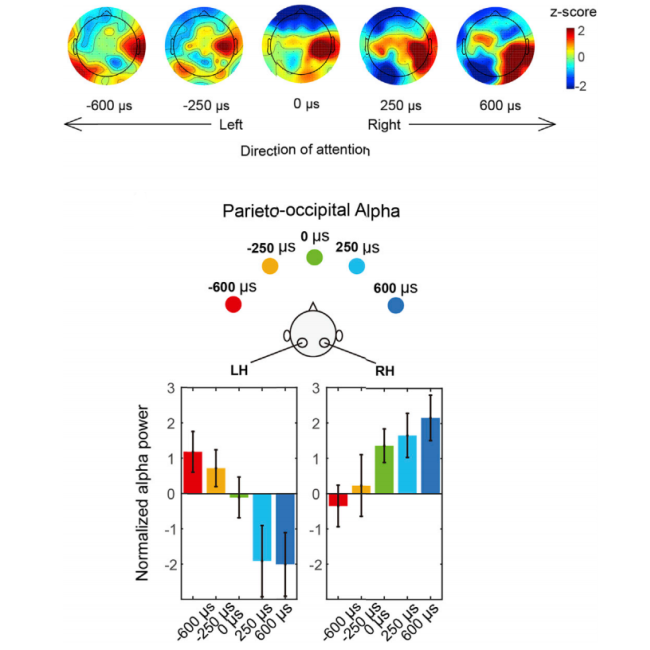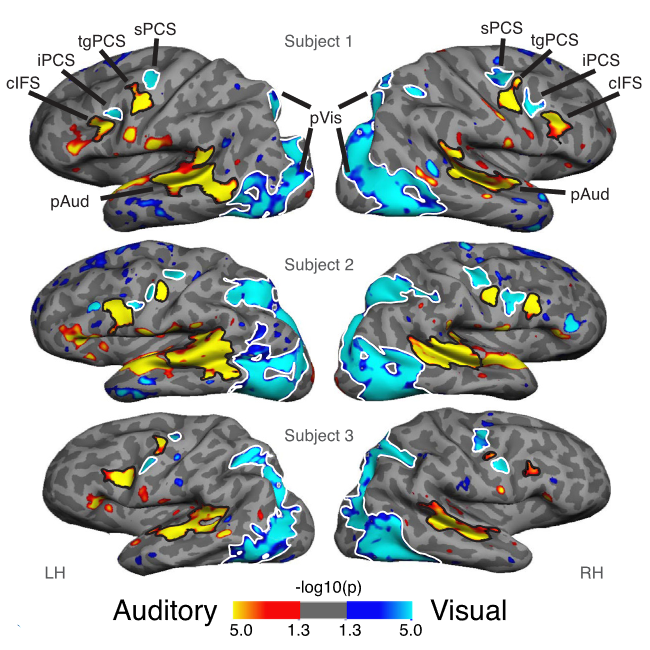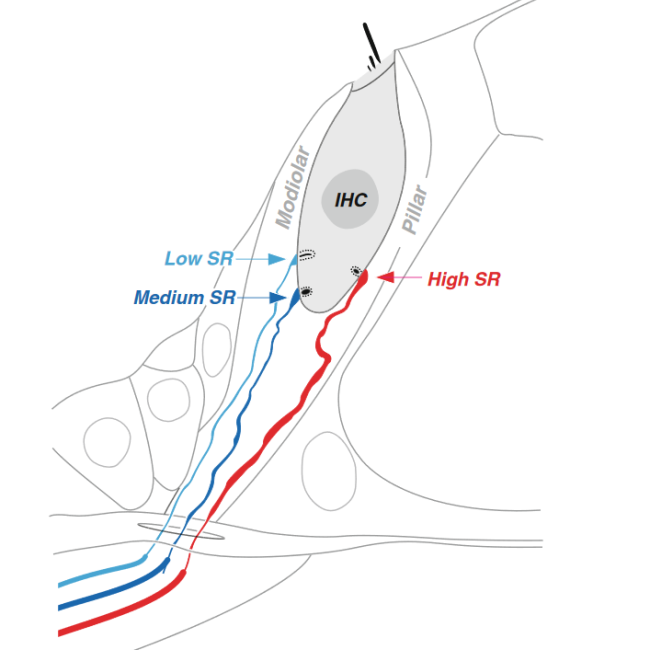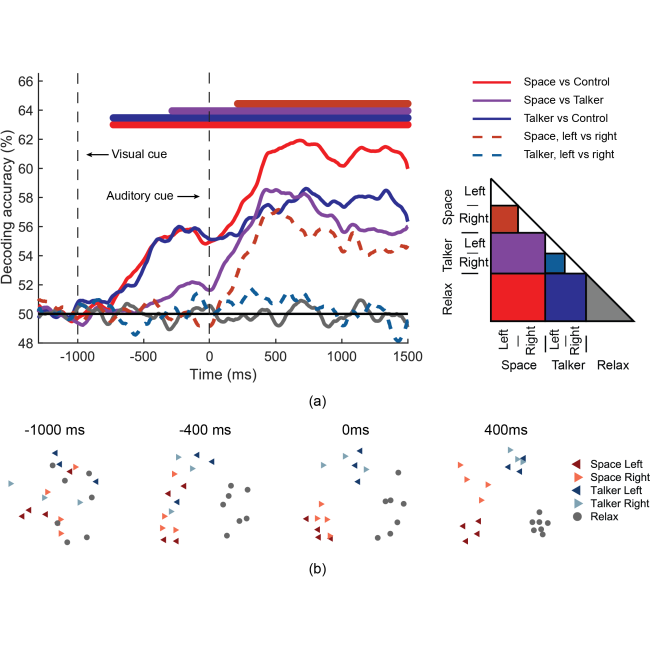Every day, our brains make sense of a chaotic jumble of sensory input, selecting relevant information and discarding the noise. At the Lab in Multisensory Neuroscience, we seek to understand the pathways and mechanisms by which the human brain parses sensory information, integrates across multiple senses, and compensates for deficits in the system. We utilize psychophysical behavior experiments with multiple neuroimaging technologies to combine the strongest features of each modality, including electroencephalography (EEG), magnetoencephalography (MEG), functional magnetic resonance imaging (fMRI), functional near-infrared spectroscopy (fNIRS), computational modelling and neural stimulation.
Sensation & Perception
We use sensation and perception every day to interact with the world beyond ourselves--to communicate, to entertain ourselves, and to search for possible dangers in the environment. Understanding the way the human brain obtains and processes sensory information is critical to the development of future technologies and palliative techniques.
Research Questions
-
What sensory features enhance or inhibit perception in healthy human adults?
-
How do our brains respond to ambient sensory information?

Attention & Working Memory
In a crowded and noisy environment, our brains have the ability to select objects of interest and focus our attention, while ignoring distractions or irrelevant information. This dynamic selective attention allows you to listen to a friend at a crowded restaurant, but also switch your focus to another person across the room who’s said your name. At the LiMN lab, we aim to study the features our brain leverages to enhance selective attention, the interaction between attention and working memory, and the use of neural stimulation to deepen our current understanding.
Research Questions
-
How do we selectively attend to a source from the mixture of sounds we hear in ordinary social settings?
-
What features affect the maintenance of sensory objects in working memory?
-
To what extent do statistical regularities in our environment modulate selective attention?
-
Can neural stimulation modify and enhance attention and working memory?

Multi-sensory Integration
In complex real-world situations, the presence of multiple senses can interact to determine our perception of information. Different sensory modalities (vision, audition, etc.) differ in the dimensions of information that are most effectively represented in the brain. We aim to characterize these differences along with the networks responsible for preferential biases toward sensory dimensions (space, time, etc). We are particularly interested in the interactions between these networks and how they contribute to the perceptual experience.
Research Questions
-
Does sensory modality influence information representation in the brain?
-
Are cognitive brain networks biased toward processing different forms of sensory information?
-
What networks are specialized for processing different types of information?
-
What causes the integration of different types of information and when does this integration occur?

Pathology and Disorders
Deficits in sensory systems can inhibit our ability to observe, communicate, and otherwise interact with the world. In studying the auditory and visual systems, we can observe what happens when these systems fail, as well as glean insight to hidden correlates and risk factors.
Research Questions
-
Does cochlear synaptopathy affect perception in humans?
-
How does hearing loss impact attention and perception?
-
How do neurological disorders impact listeners abilities to analyze complex scenes?

Current Projects
For a list of current projects and funding sources, click here.